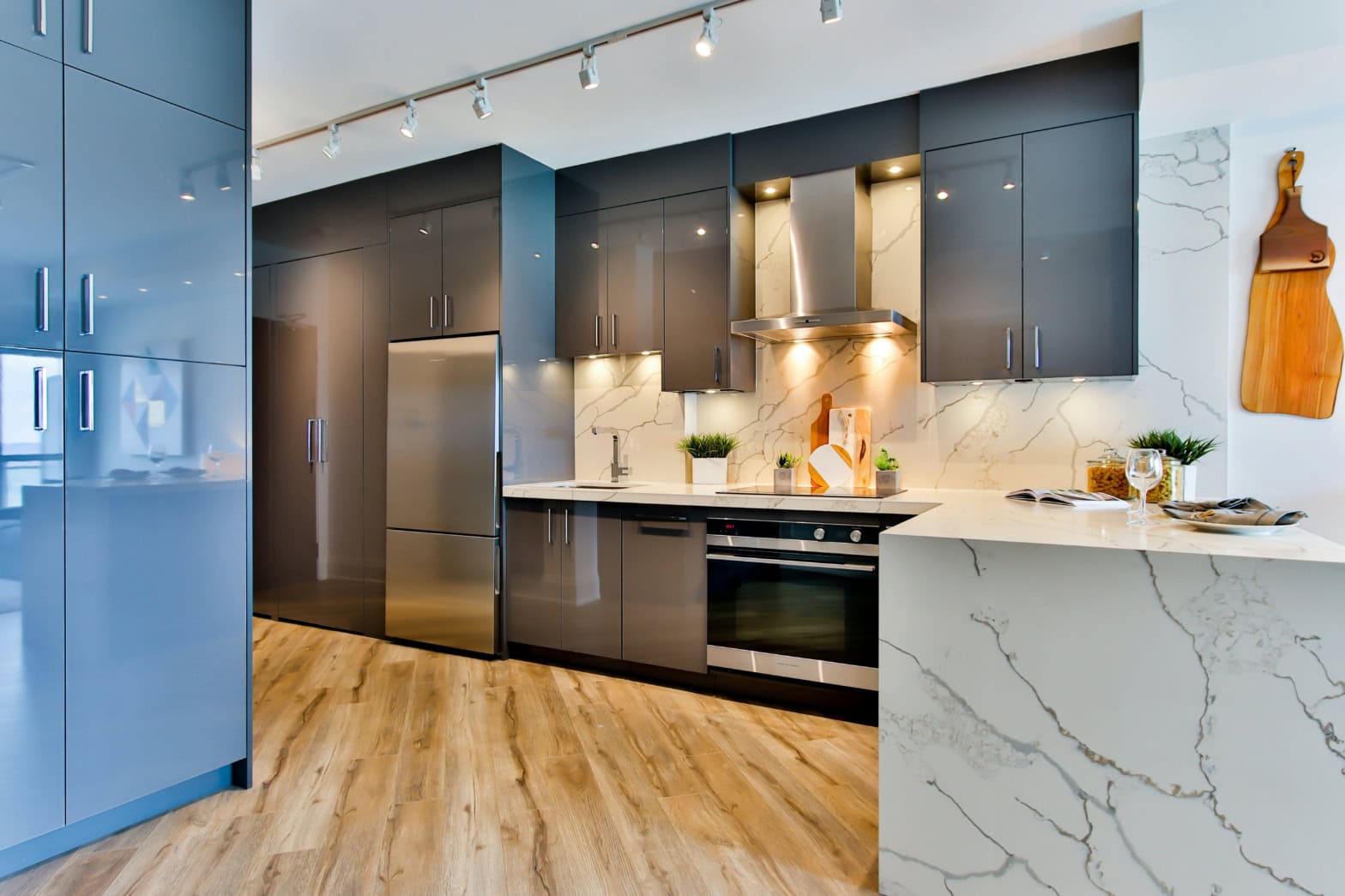If you’re considering buying a home with less than 20% down payment, keep reading!
Why Mortgage Default Insurance?
We go into more detail on what exactly mortgage default insurance (MDI) is in our Guide to Buying a Home. MDI enables buyers to get a home with as little as 5% of their property value for down payment in exchange for paying an insurance premium. That being said, the true cost of MDI is not well understood. In this article we want to help future buyers understand the terms of MDI before signing up for it.
Let’s walk through an example to measure the true cost of MDI
Purchase Price: $500,000
Down payment: $25,000 (5% down payment)
Mortgage Rate: 2.49% (our 5-year fixed insured mortgage rate as of the time of this article)
How Much Does It Cost?
The MDI premium is determined based on your down payment amount. You can find it here on CMHC’s website. Because you’re putting 5% down, the premium would be $19,000. This premium is then added to your mortgage balance and you pay it off over time as part of your regular mortgage payments. While not having to pay it upfront is beneficial, it means that you are going to pay interest on that premium. If you live in Quebec, Manitoba or Ontario; you will also need to pay provincial sales tax on this insurance premium, which is due on your closing date.
Do I Save Anything?
You get a lower mortgage rate if you have mortgage insurance. It may seem backwards that the lowest down payment has the best rates, but that’s because you as the consumer pay for MDI if your down payment is below 20%. For all other loans with a down payment of 20% of more, the lender will pay the insurance premium and they pass that cost back to you through higher rates.
What does the actual cost of the MDI look like? We compare two identical loans in the table below. One has mortgage default insurance, and the other one doesn’t.
| With Insurance | Without Insurance | Difference | |
| Mortgage Interest Paid | $162,642 | $167,728 | -$5,086 |
| MDI Premium | $19,000 | $0 | $19,000 |
| Interest Paid on MDI | $6,506 | $0 | $6,506 |
| MDI Tax (Ontario) | $1,520 | $0 | $1,520 |
| Total | $189,668 | $167,728 | $21,940 |
Looking at this table, you’d think the actual cost of the MDI is $21,940. However, looking at it from this angle (what are my total payments) would ignore the biggest benefit: MDI is paid over time, not upfront.
How Much Does It Cost Me In Today’s Dollars?
As most of you have probably heard, a dollar today is worth more than a dollar tomorrow. This relates to the time value of money and is present in all financial decisions you make. A good example is how people can’t resist 0% financing when they buy a car…why pay in full today if you can pay the same amount over several years?
Let’s take a look at how the cost changes if we factor in the time value of money:
| With Insurance | Without Insurance | Difference | |
| Mortgage Interest Paid | $103,155 | $106,950 | -$3,795 |
| MDI Premium | $9,271 | $0 | $9,271 |
| Interest Paid on MDI | $4,126 | $0 | $4,126 |
| MDI Sales Tax | $1,520 | $0 | $1,520 |
| Total | $118,072 | $106,950 | $11,122 |
*We’ve assumed a 6% discount rate
Looking at the present value instead of the total cost almost cuts the cost of MDI in half. This makes sense because if we paid this premium over the 25 years (as intended) then the cost is largely deferred into the future. The biggest unknown though is the likelihood that your MDI will make it 25 years.
Wait, My Mortgage Default Insurance Doesn’t Last Forever?
Your MDI is portable. This means that if you need to get a new home you could possibly take it with you to the new mortgage. Keep in mind there are many circumstances that could cause your MDI to expire in less than 25 years.
Here are some scenarios where MDI lasts less than 25 years:
- If you refinance your mortgage. Which could be done to pull equity out of your home or reset your amortization, your MDI is voided.
- If your new home is uninsurable according to CMHC guidelines (ex: property value is above the maximum amount), you can’t port your MDI from your old mortgage to the new one.
- If you prepay your mortgage. Like many Canadians, if you make prepayments you will pay off your mortgage and MDI in less than 25 years.
- If you buy a new home and need a larger mortgage, you can take your MDI with you. You’d be required to pay a top-up premium for the increase in your mortgage amount. If we take a look at the CMHC premiums, you’ll notice that the top up premium is almost 2x as much as the regular premium. In some cases it could be cheaper to get a new policy altogether, rather than topping up your existing one.
- If you don’t qualify under your existing MDI. A huge caveat of transferring your MDI (or topping it up) is that the amortization must be equal to or less than your remaining amortization. If you bought a home 8 years ago under a 25 year amortization and were looking to sell it to buy a larger home, it may be impossible for you to qualify with a 17 year amortization. With a new policy, you can restart at a 25 year amortization.
If your MDI is voided, the value you anticipated getting from it is cut short. To help measure the impact of terminating your MDI early, we’ve calculated the effective mortgage rate you would pay over your loan’s lifetime using today’s interest rates. The effective mortgage rate takes the cost of your mortgage payments plus any costs relating to your MDI into account in order to give you an equivalent mortgage rate that would factor in all those payments.
| Scenario | Effective Mortgage Rate |
| No MDI- 25 Year Amortization | 2.56% |
| MDI- 25 Year Amortization | 2.91% (+0.35%) |
| MDI- 20 Year Amortization | 2.93% (+0.37%) |
| MDI- 15 Year Amortization | 2.99% (+0.43%) |
| MDI- 10 Year Amortization | 3.14% (+0.58%) |
| MDI- 5 Year Amortization | 3.61% (+1.05%) |
Does That Mean I Shouldn’t Get Mortgage Default Insurance?
This article is just meant to illustrate the cost of MDI on it’s own and doesn’t factor in the potentially large savings you can accrue by buying a property earlier. We discuss this in much more detail in this article.
 Alex
Alex





